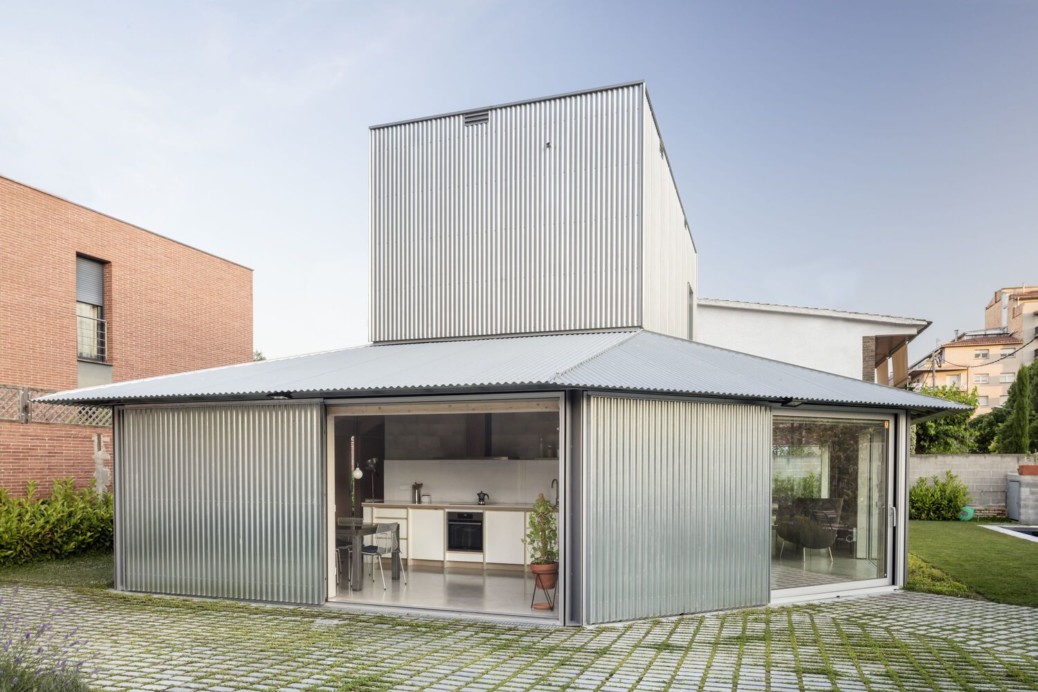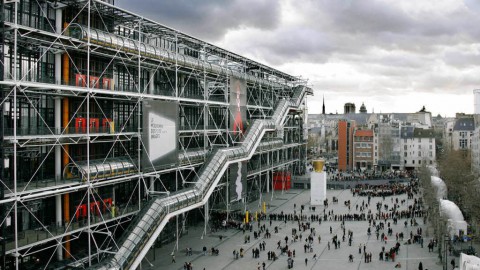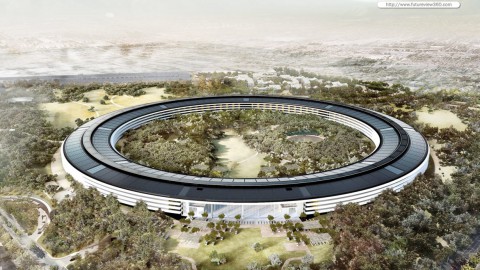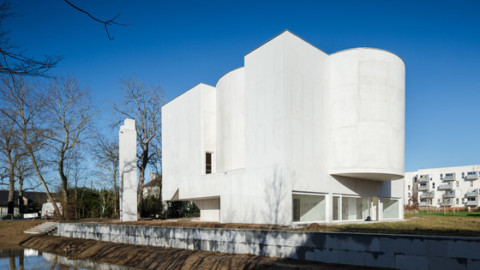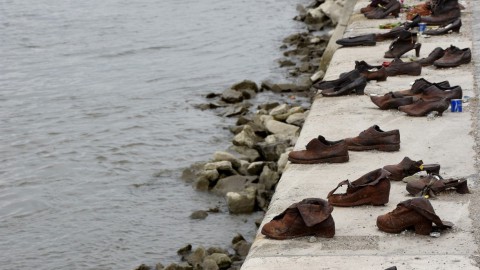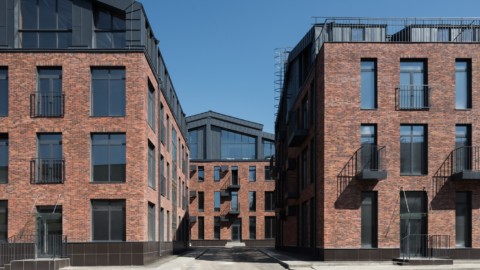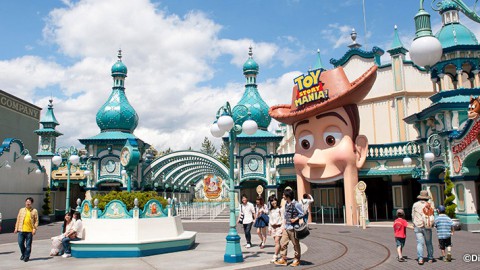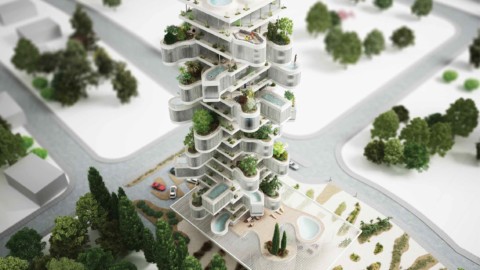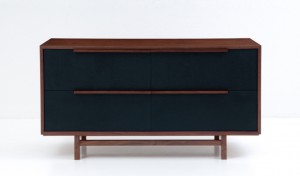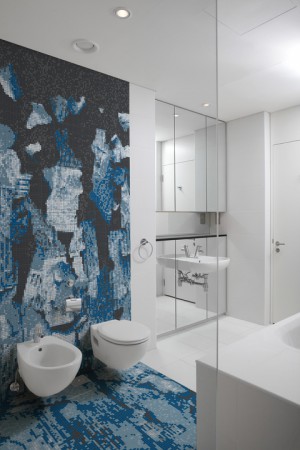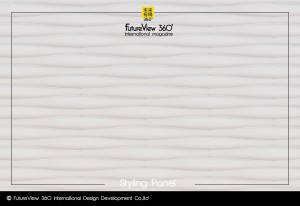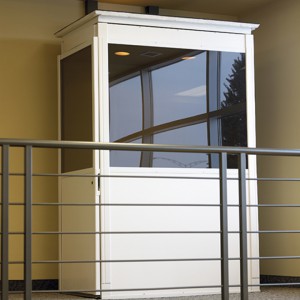Architects: HARQUITECTES
Area: 154 m²
Year: 2020
Photographs: Adrià Goula
Lead Architects: David Lorente, Josep Ricart, Xavier Ros, Roger Tudó
Collaborators:Blai Cabrero, Jordi Mitjans, Montse Fornés
Quantity Surveyor:Carles Bou
Country:Spain
建築師:HARQUITECTES
面積:154平方米
年:2020
攝影:AdriàGoula
首席建築師:David Lorente,Josep Ricart,Xavier Ros,RogerTudó
合作者:布萊·卡布雷羅(Blai Cabrero),喬迪·米特詹斯(Jordi Mitjans),蒙特塞·弗內斯(MontseFornés)
工料測量師:Carles Bou
國家:西班牙
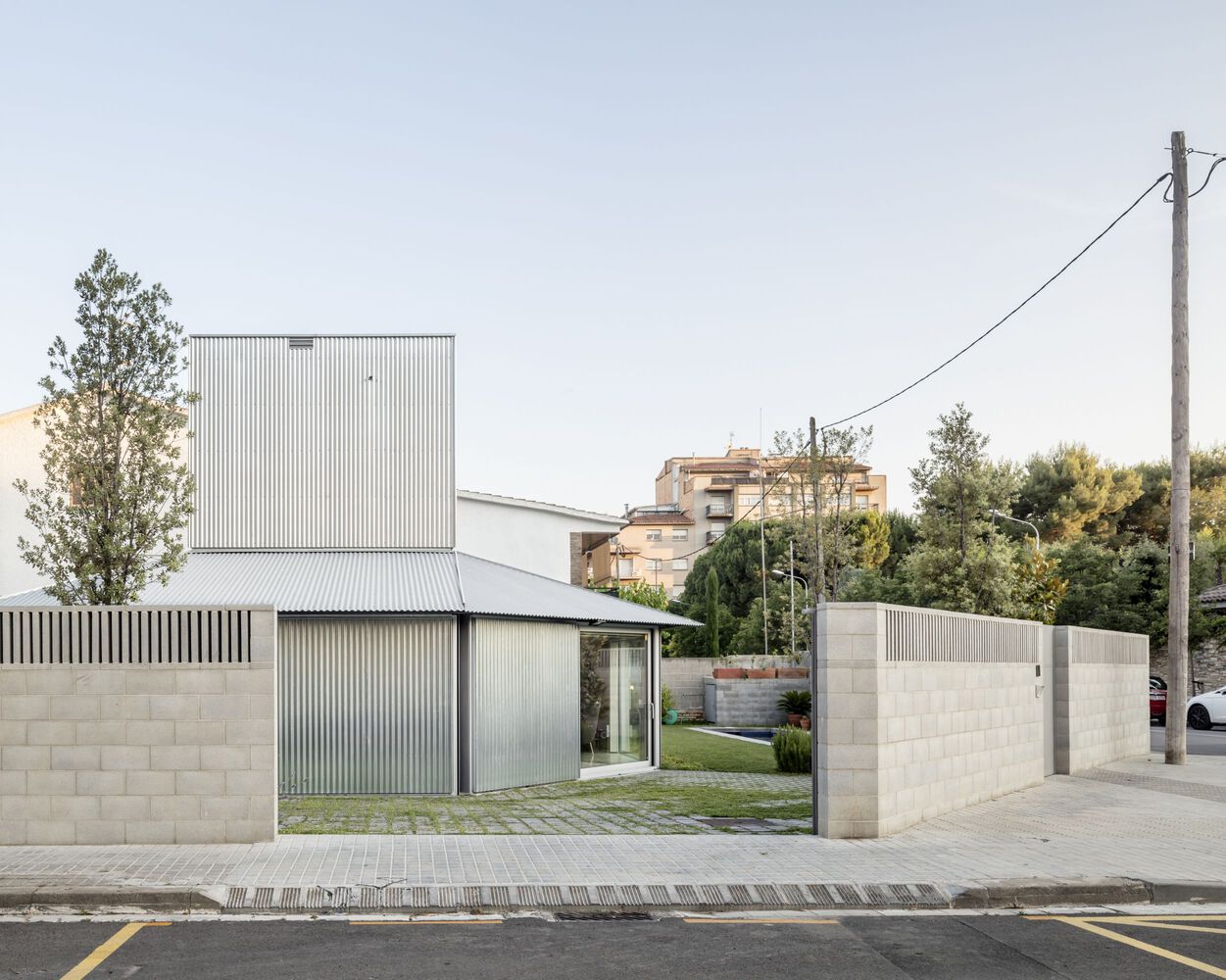
No context is irrelevant to a new building. And often the site itself generates conditions affecting the project in almost every decision. This is not the case with this house.
沒有背景與新建築無關。 通常,站點本身幾乎在每個決策中都會產生影響項目的條件。 這房子不是這種情況。
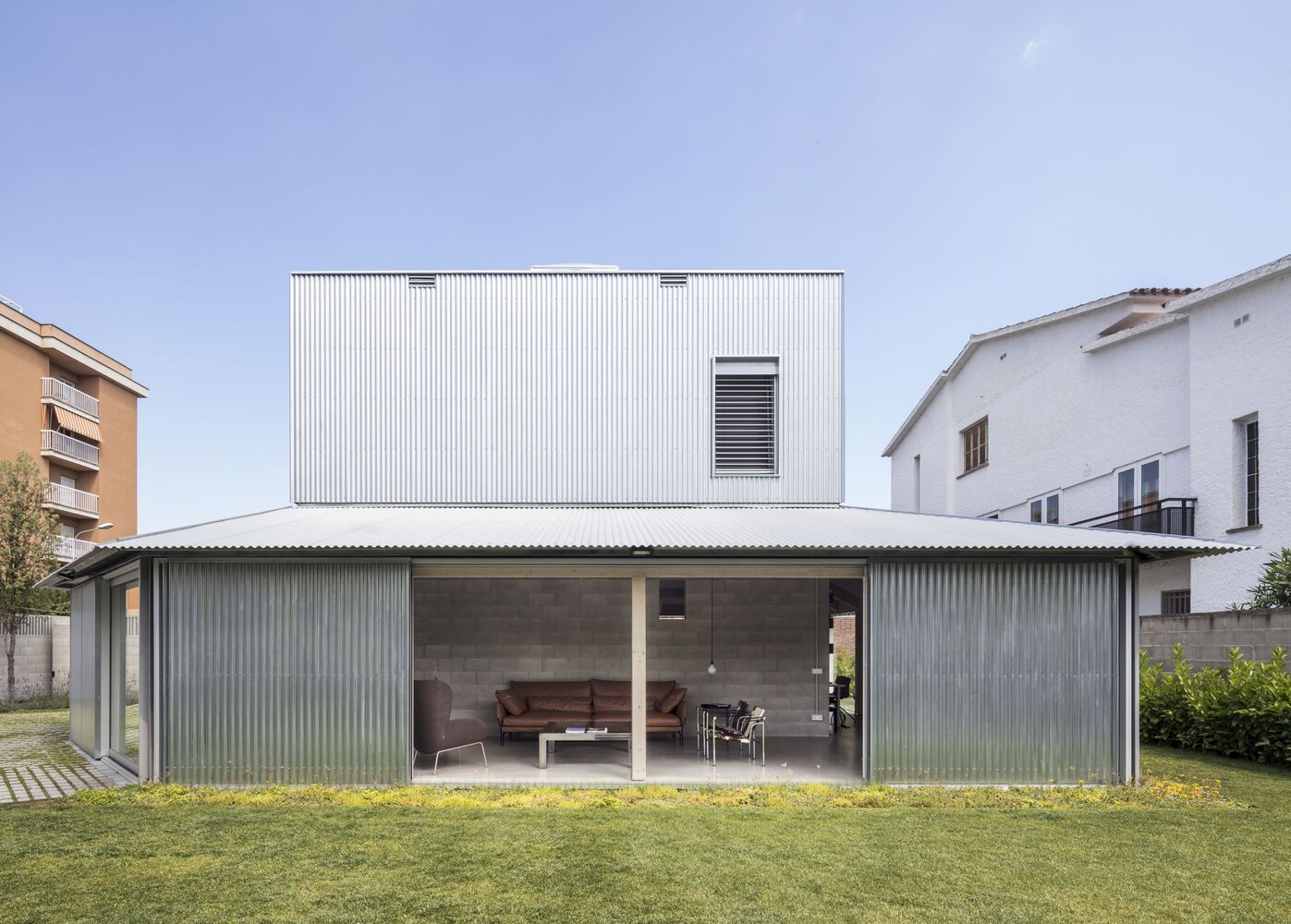
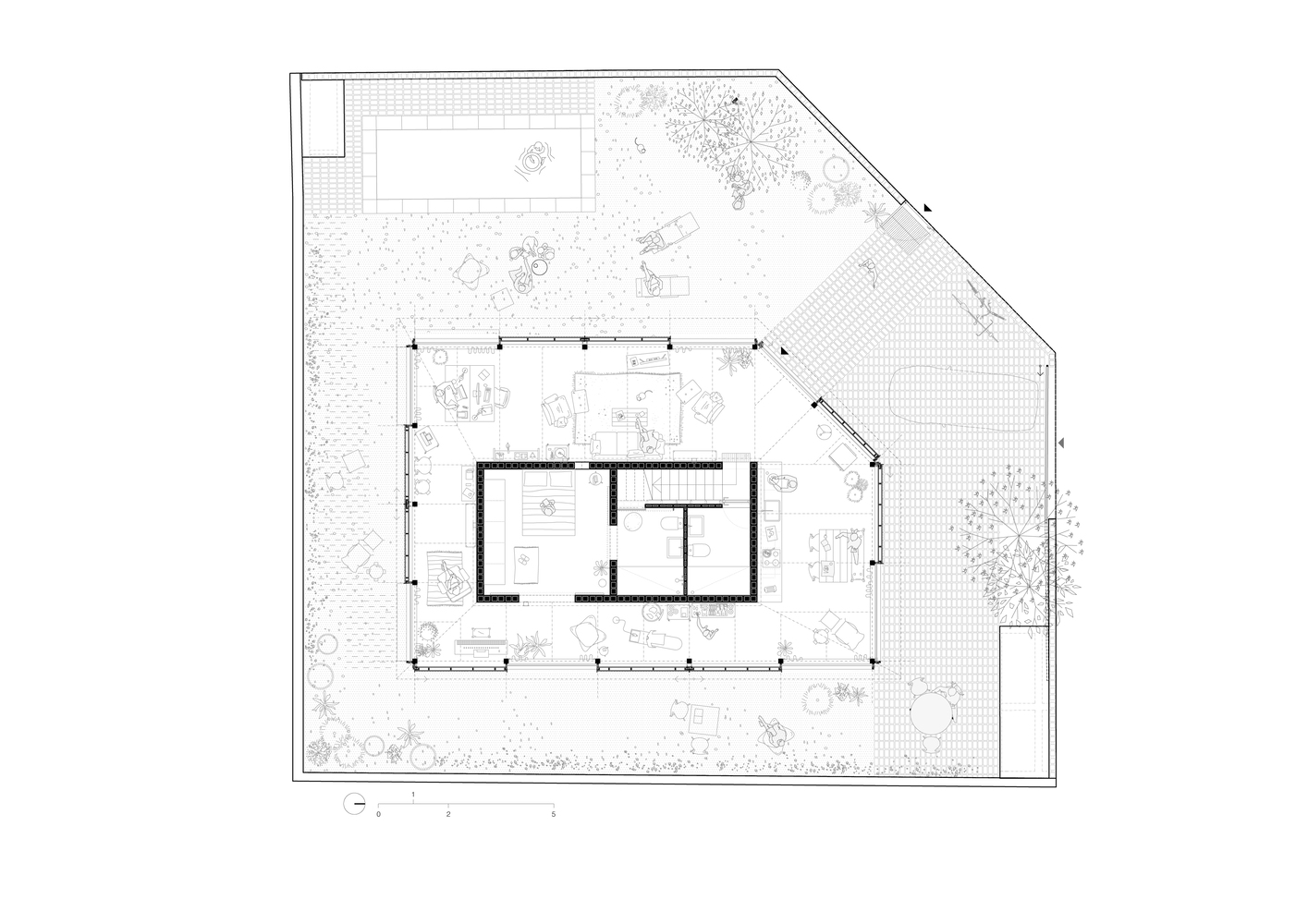
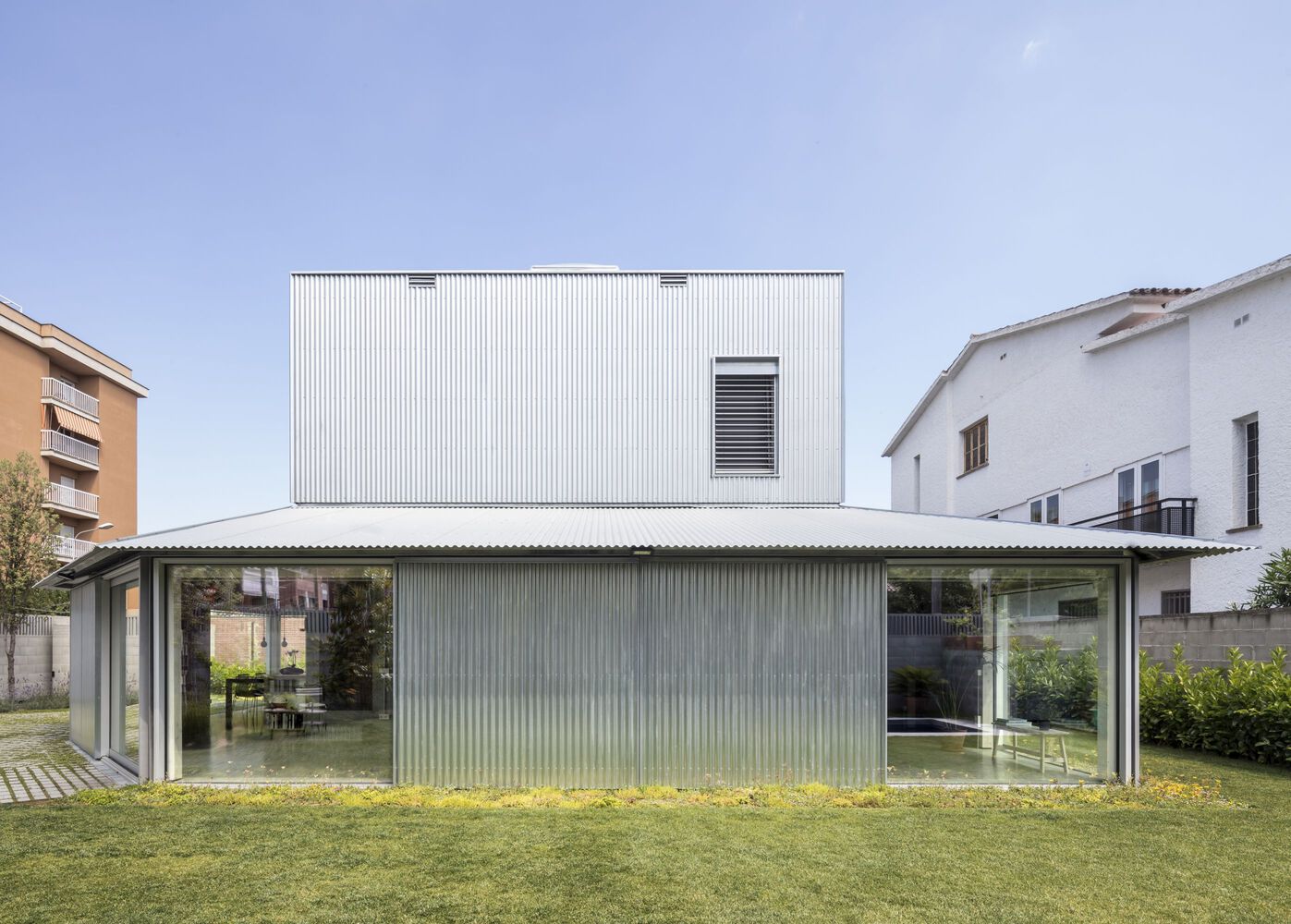
The sun, the geometry of the plot -almost square with a chamfer-, a neighbour too close to the south, and a tower of houses to the north, more typical of a residential area of the sixties than of this piece of the garden city where the plot is located. Four badly counted inputs.
太陽,地塊的幾何形狀-幾乎是一個帶有倒角的正方形-,一個太南的鄰居和一個北側的房屋塔,比起這座花園城市,更典型的是60年代的居住區 情節所在的位置。 四個計數錯誤的輸入。
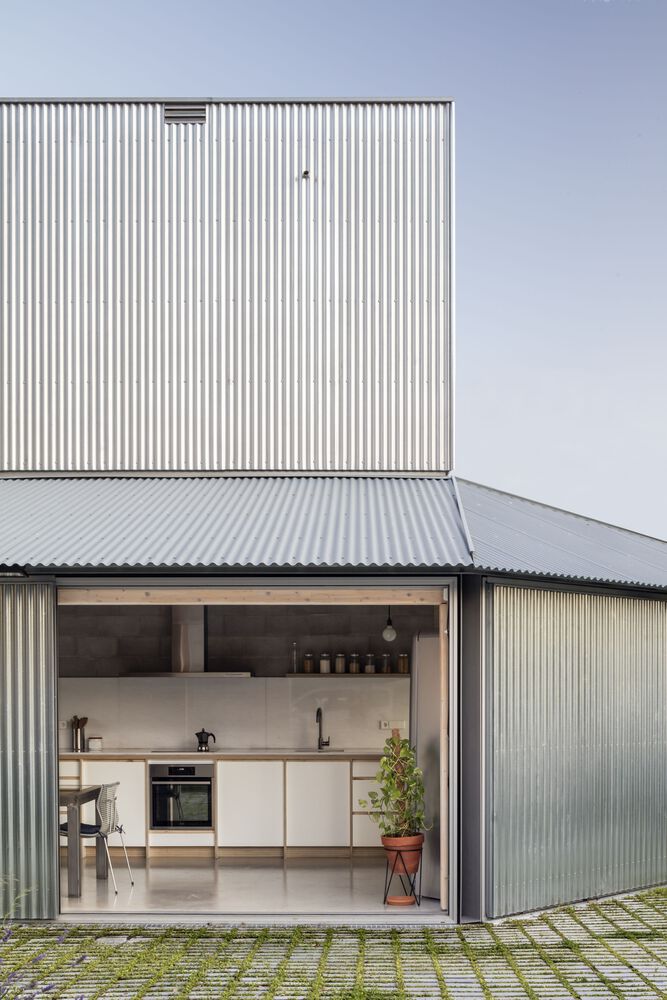
The owners (a couple with two children) wanted a house without maintenance, with a lot of privacy and a good relationship with the garden -more like a courtyard- all year round, a well-placed studio, and a few other usual requirements. And a desire to live in a modern house -without a capital letter-. And a certain interest in contemporary Japanese domestic architecture.
業主(一對夫婦和兩個孩子)想要一間沒有維護的房子,有很多私密性,並且與花園有著良好的關係-更像是一個庭院-全年無休,佈置得很好的工作室,以及其他一些通常的要求。 渴望在沒有大寫字母的情況下住在現代房屋中。 並且對當代日本國內建築產生了一定的興趣。
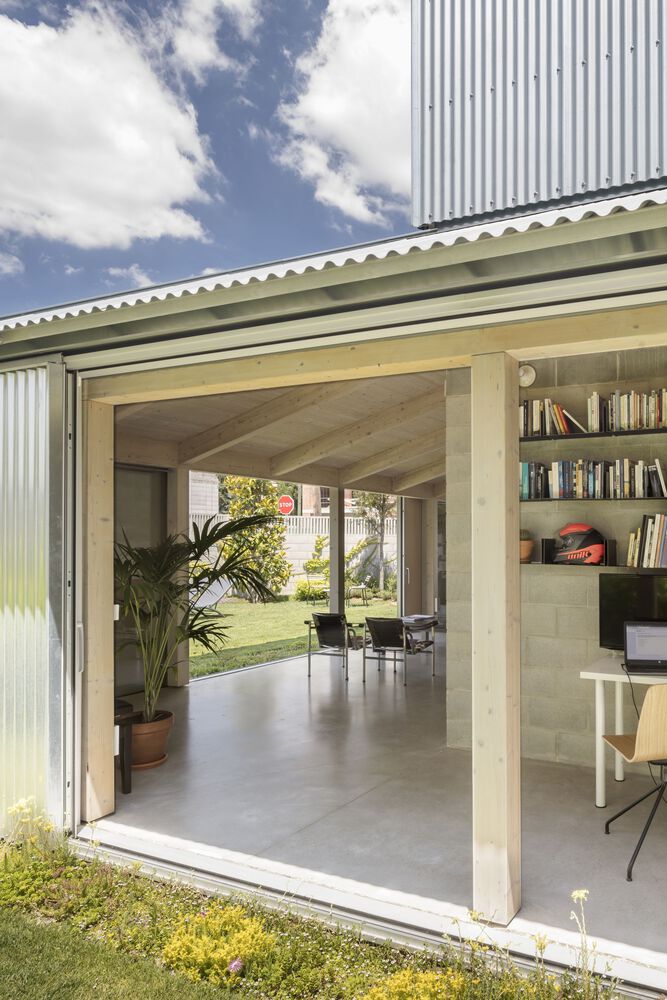
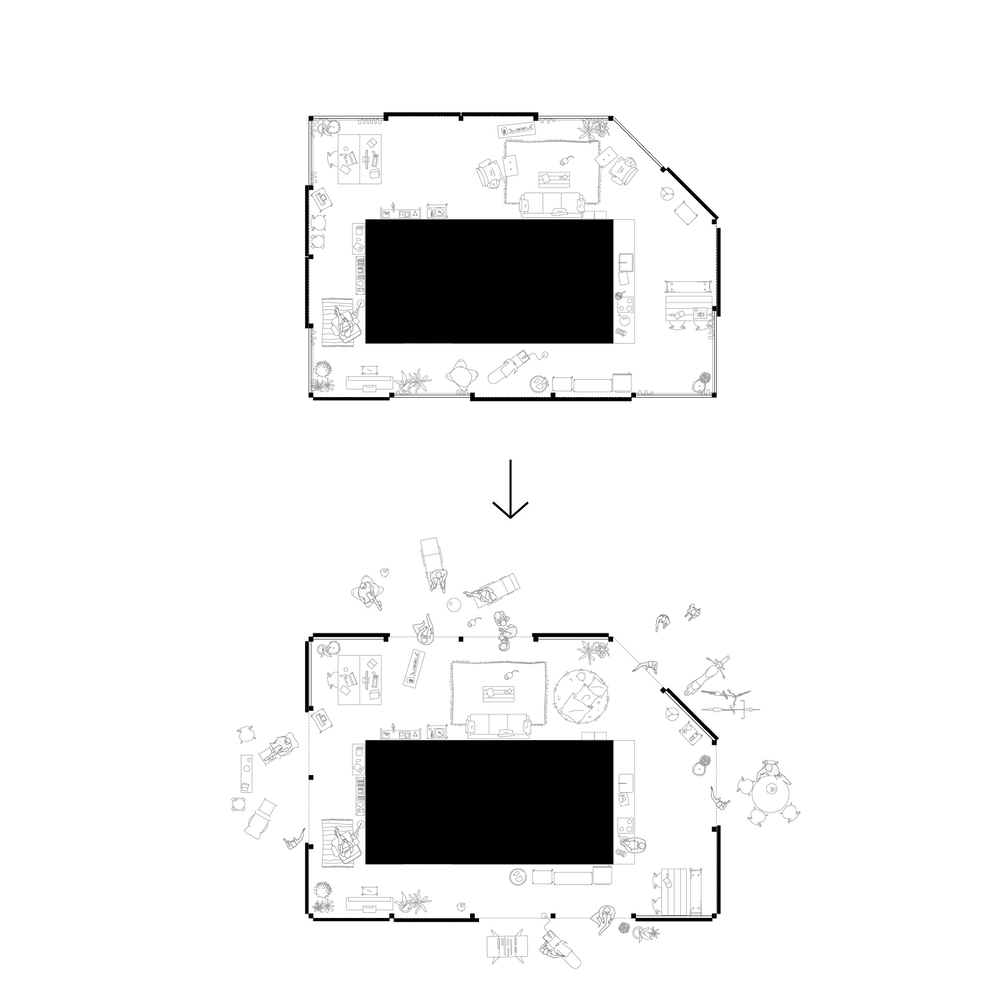
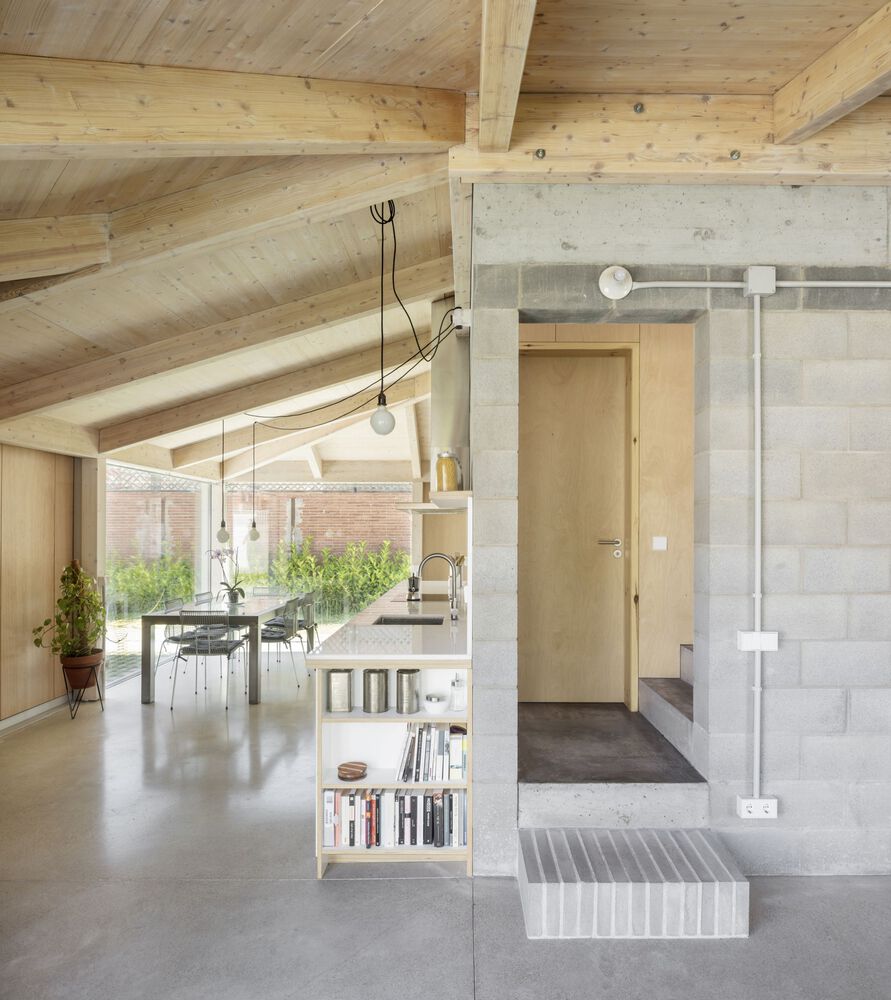
With these determining factors, it was clear to us that history had to be written almost from scratch, or rather from within, with the building itself. A new site had to be created.
The plot was flat, slightly below street level. No trees.
在這些決定性因素的作用下,我們很清楚歷史幾乎必須從頭開始編寫,或者更確切地說是從建築物內部開始。 必須創建一個新站點。
地塊平坦,略低於街道水平。 沒有樹。
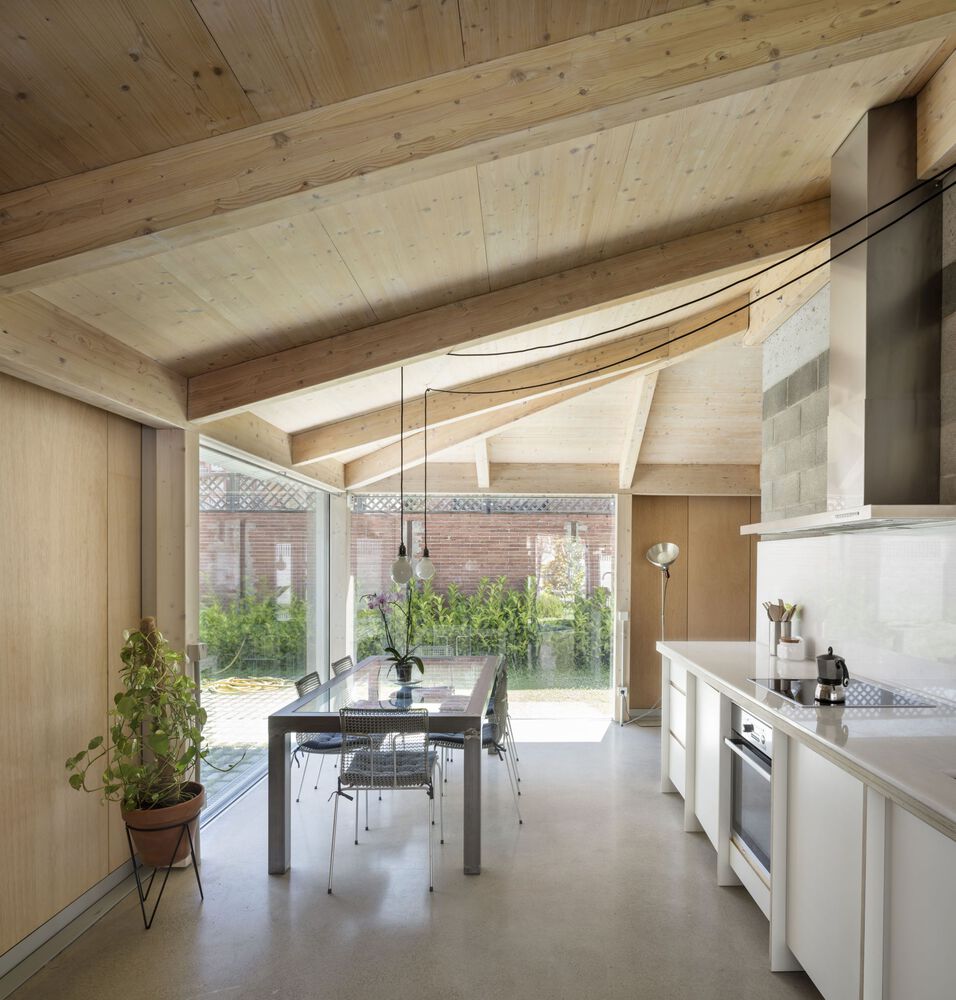
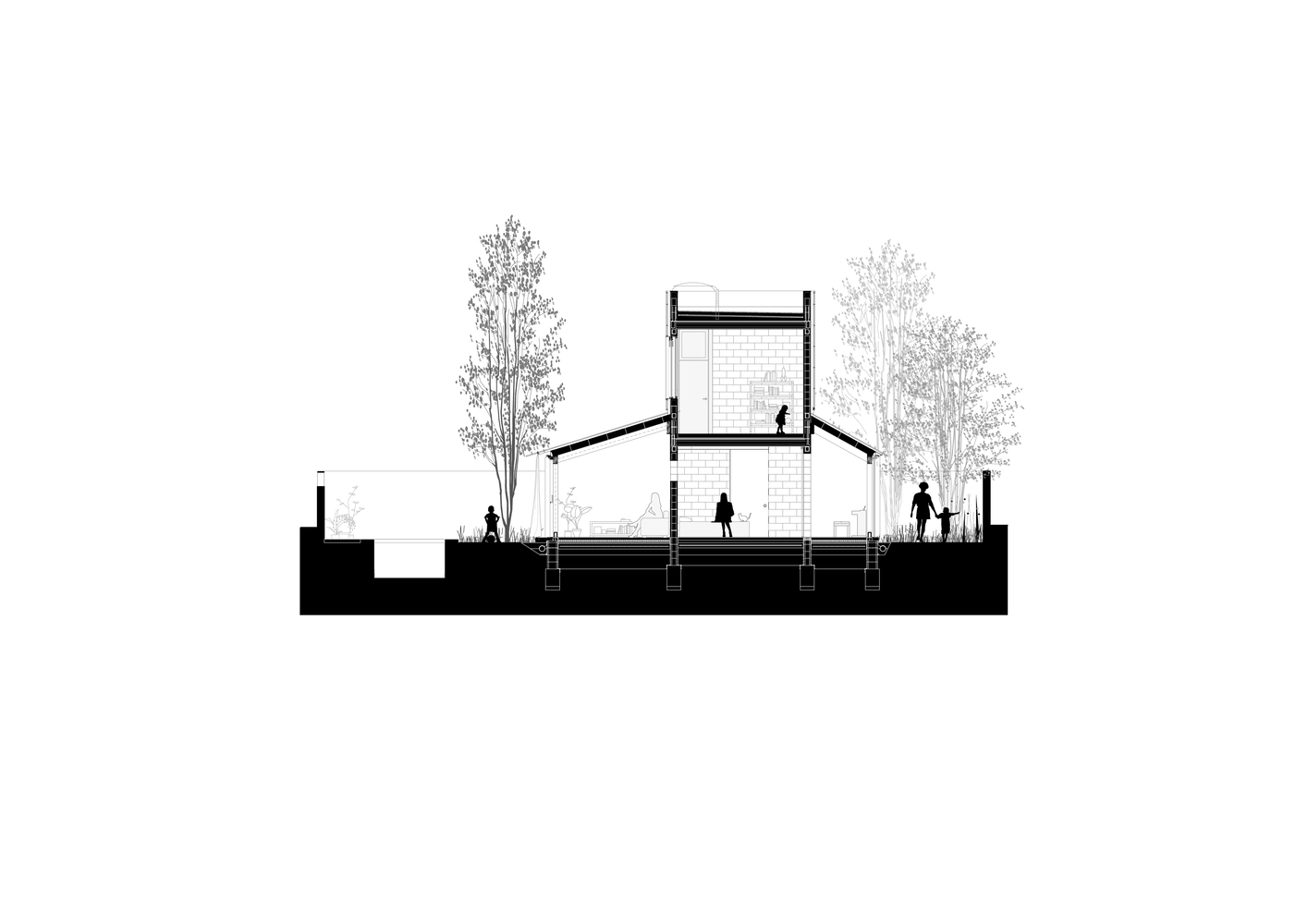
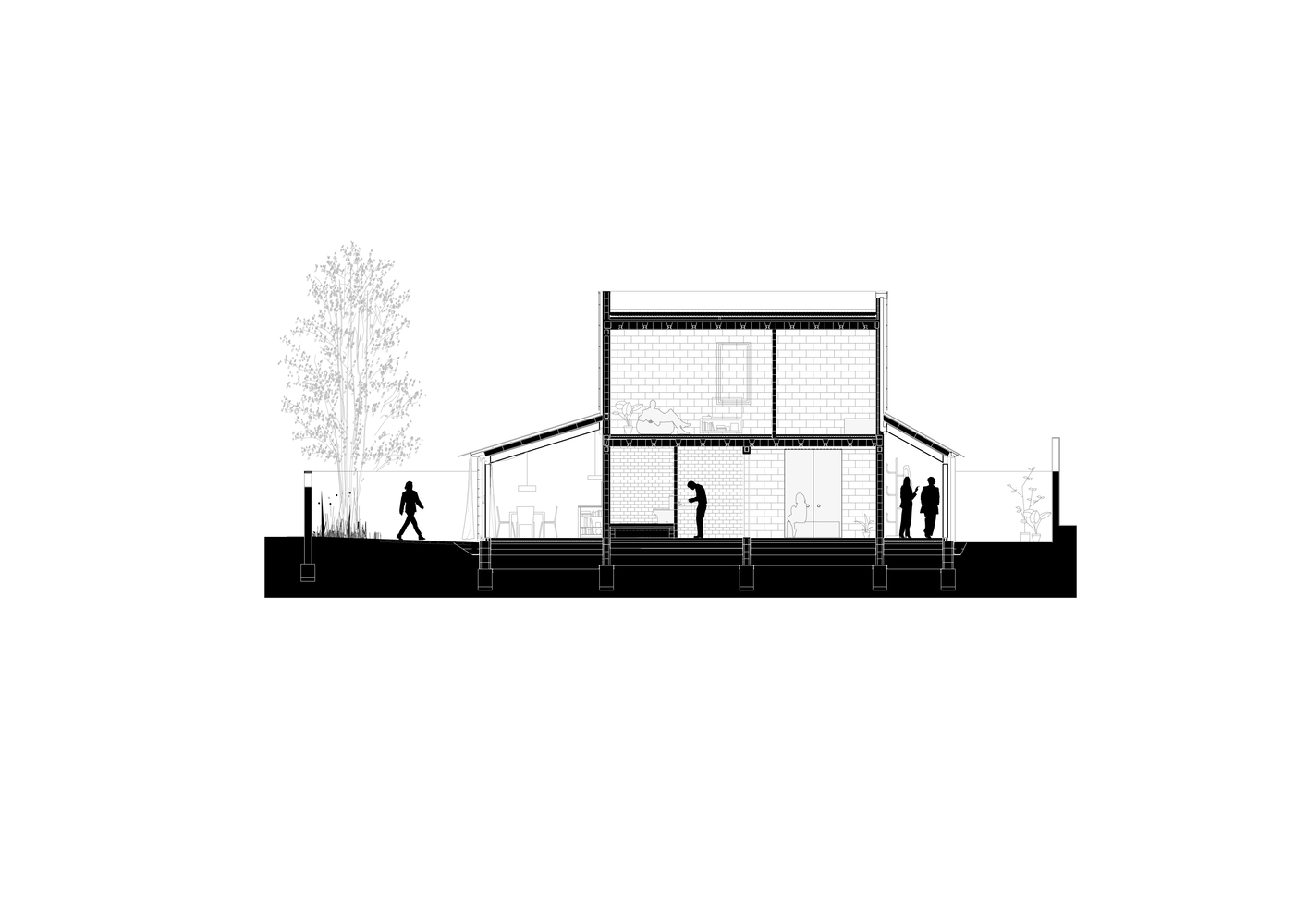
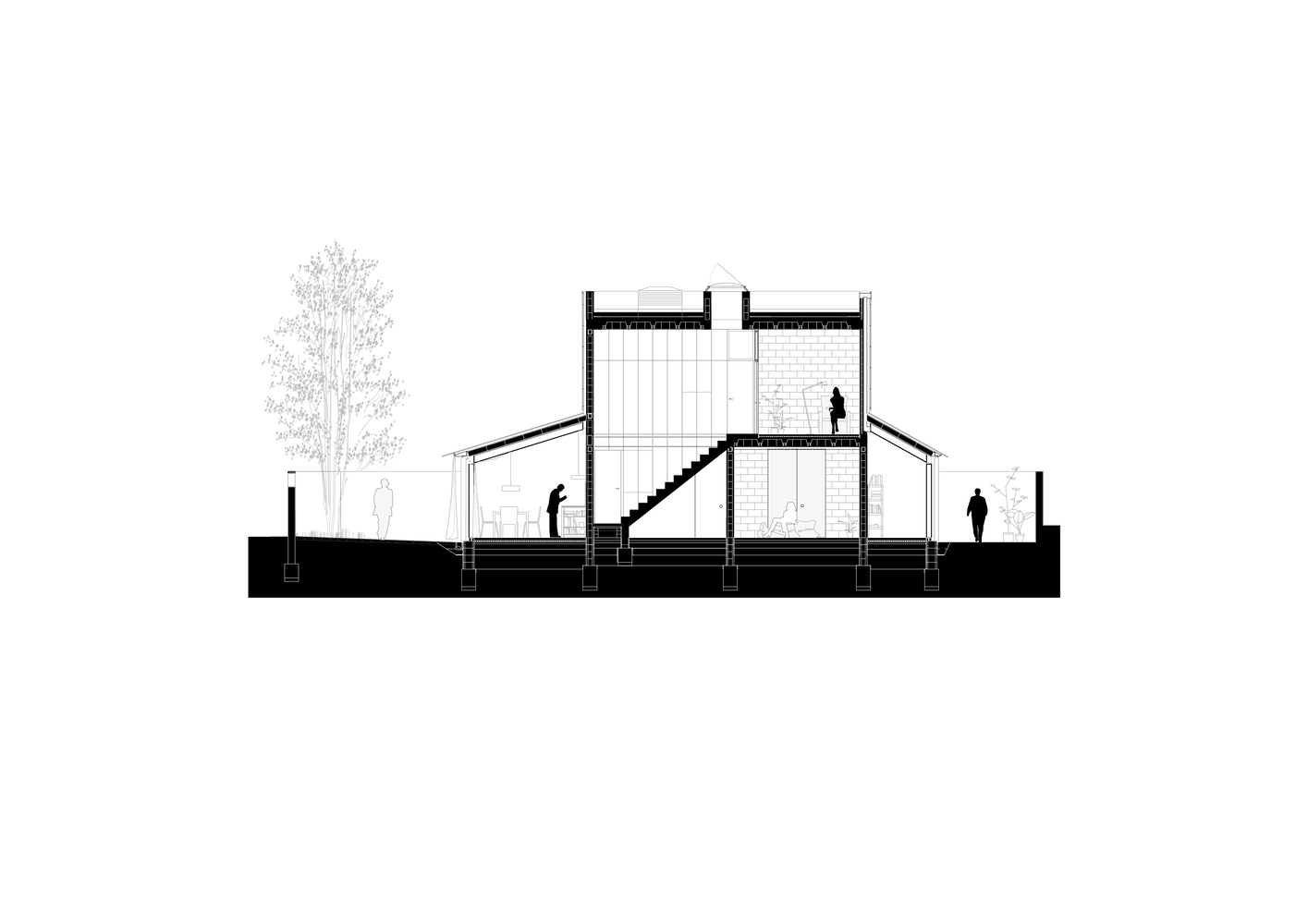
The first step was to build an opaque fence as high as possible, about two meters, and place the house off-centered to the east, filling the 120m2 of maximum occupation and filling all the building limits except the west, where the sun comes in all year. There is where the perimeter garden becomes wider (7.6m), the rest has variable widths adapted to the regulations (3m to neighbours and between 5 and 6 to the streets) -the regulations force things that do not always make much sense-.
第一步是建造一個盡可能高的不透明柵欄,大約兩米,然後將房子偏心放置在東邊,佔據最大面積120平方米,並覆蓋除西面(太陽進入那裡)以外的所有建築範圍。 整年。 那裡的周邊花園變寬了(7.6m),其餘的則具有可變寬度,以適應法規要求(對鄰居來說3m,對街道則介於5到6之間)-法規迫使事情並不總是有意義的。
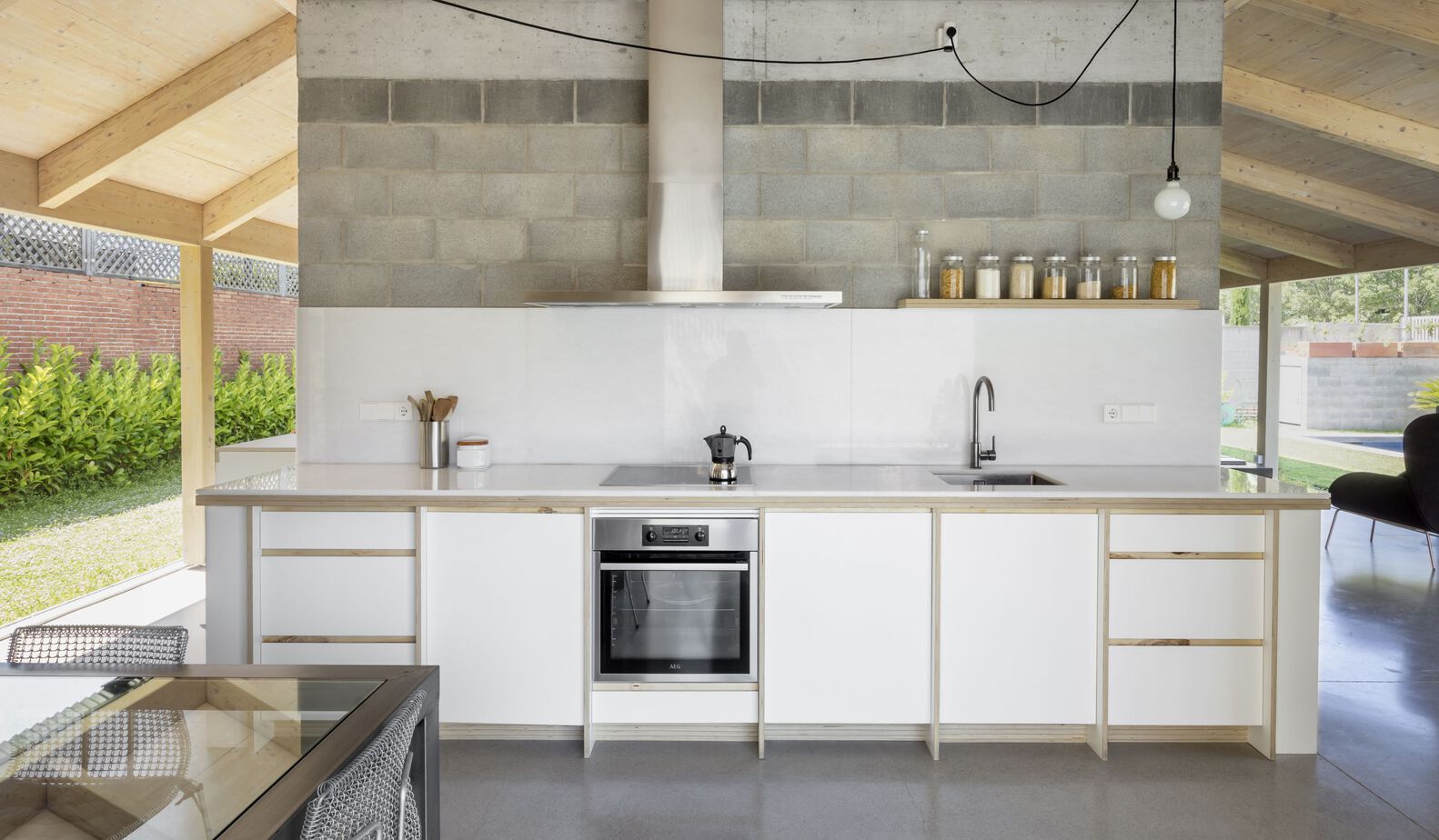
To the north, we planted some evergreen trees that, with time, will deprive the view of the neighbouring tower of houses.
在北部,我們種了一些常綠的樹,隨著時間的推移,這些樹將使附近的房屋看不見塔的景色。
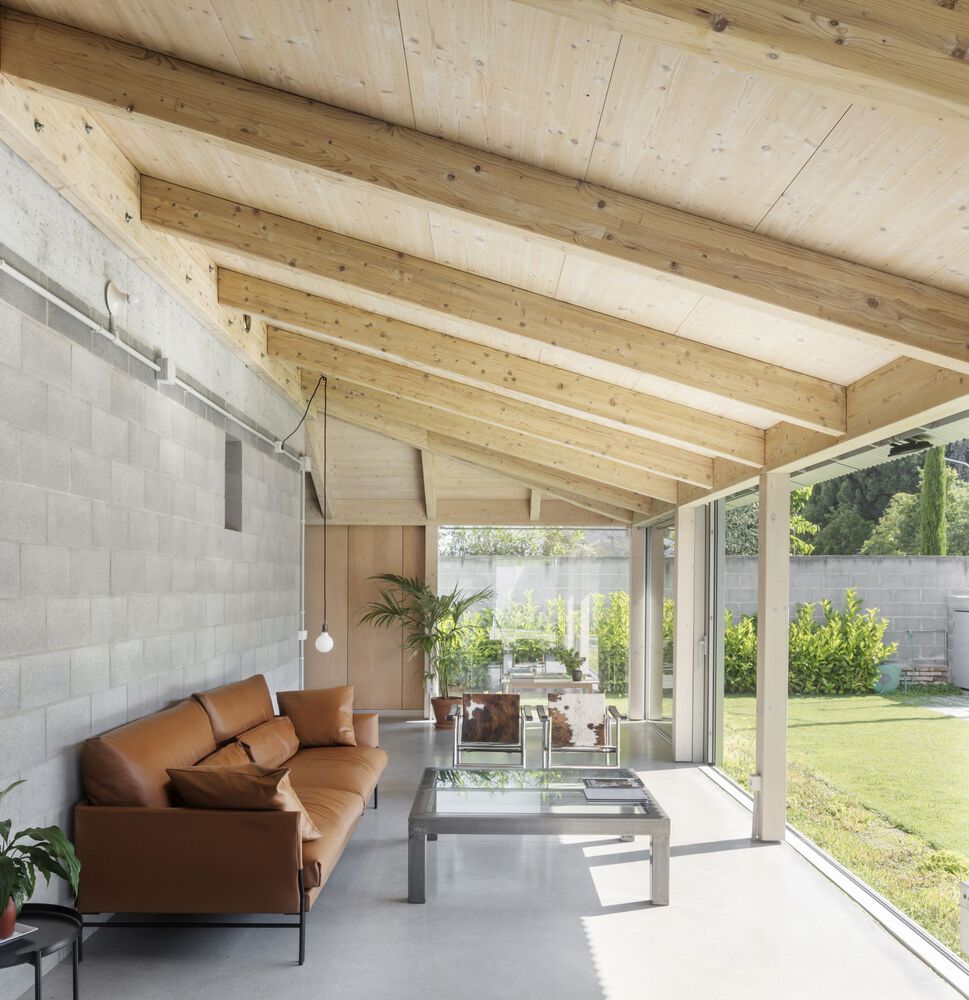
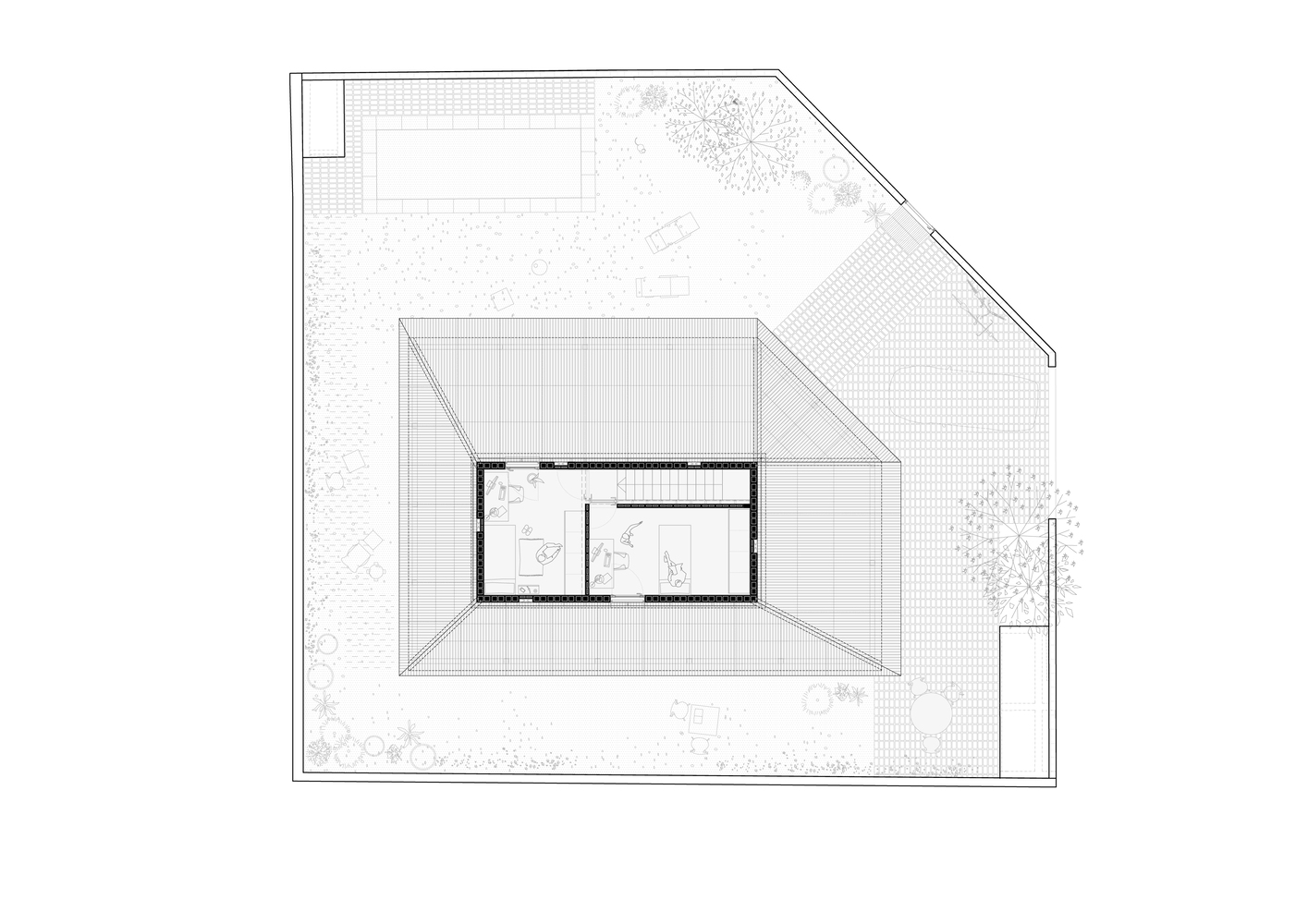
The new house is structured in four concentric layers parallel to the limits of the plot, like an onion. From outside to inside: the building fence, the perimeter courtyard, and a continuous gallery that surrounds the central body, a two-storey concrete block box.
新房子分為四個同心層,平行於地塊的邊界,就像洋蔥一樣。 從外到內:建築圍欄,外圍庭院以及圍繞中央主體的連續畫廊,兩層混凝土砌塊盒。
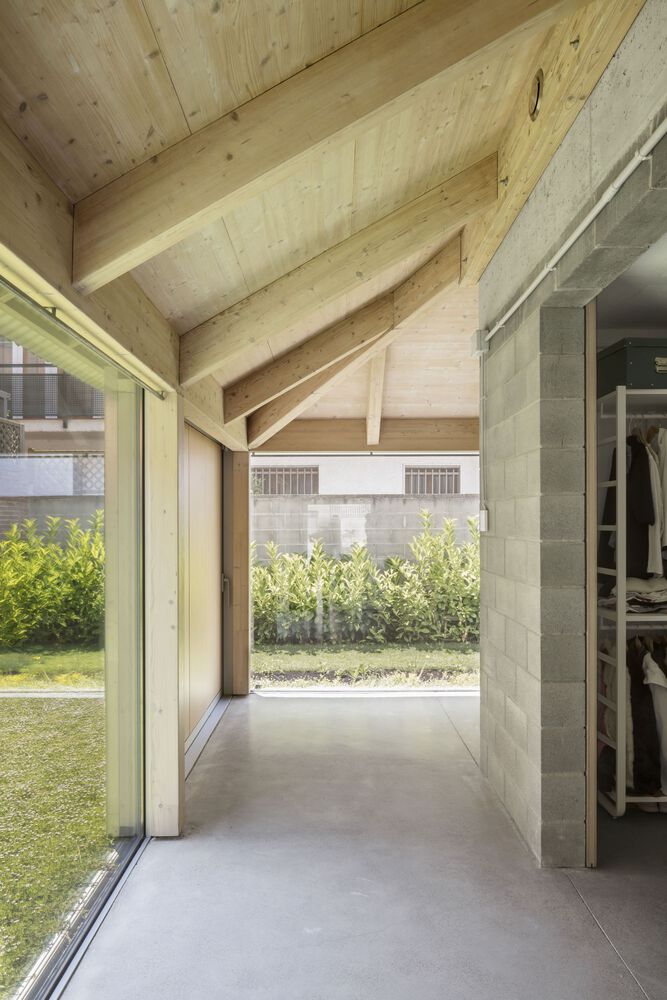
In the initial phases of the project, when the house was bigger, the perimeter gallery was an intermediate space, bio climatized, with complementary uses, and all the main pieces were housed in the core of the house. Later, due to budgetary adaptation, the surface was reduced and only the rooms, the bathrooms, and the stairs were left in the central body. The common areas were moved to the gallery.
在項目的初始階段,當房子變大時,外圍畫廊是一個中間空間,經過生物氣候處理,具有互補用途,所有主要作品都被安置在房子的核心。 後來,由於預算調整,面積減少了,只有房間,浴室和樓梯留在了中央。 公共區域已移至畫廊。
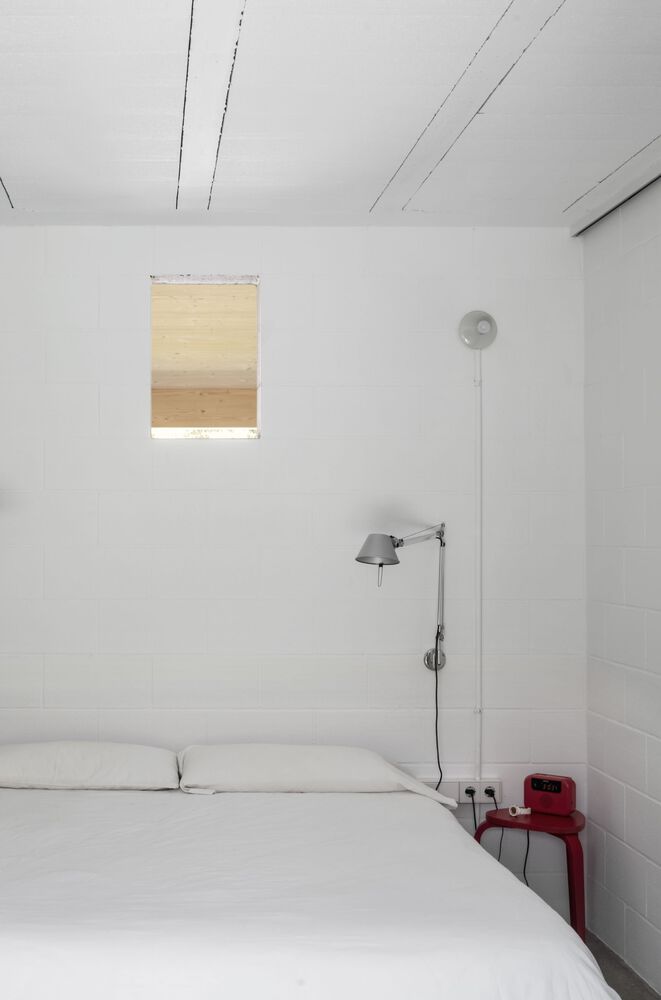
Almost everything happens in the gallery. It is a veranda, with certain resonances to Charles Moore’s Orinda house, which proposes intense and variable relations (seasonally) with the patio; in summer, through the large sliding walls it becomes a porch; in winter, large windows in the corners offer framed views of the garden and capture solar radiation to the west. Contrary to what is usual, in this house, the windows are fixed, and the mobile doors are opaque, a condition that constantly transforms the facade and the gallery, depending on what is open and what is closed.
畫廊中幾乎發生了所有事情。 這是一個陽台,與查爾斯·摩爾(Charles Moore)的奧林達(Orinda)住宅有一定的共鳴,後者提出了與庭院的強烈和多變的關係(按季節)。 在夏天,通過大的滑動牆,它變成了門廊; 在冬季,角落的大窗戶可欣賞到花園的景緻,並捕獲西方的太陽輻射。 與通常的情況相反,在這所房子中,窗戶是固定的,而移動門是不透明的,這種狀況會不斷改變立面和畫廊,具體取決於打開和關閉的地方。
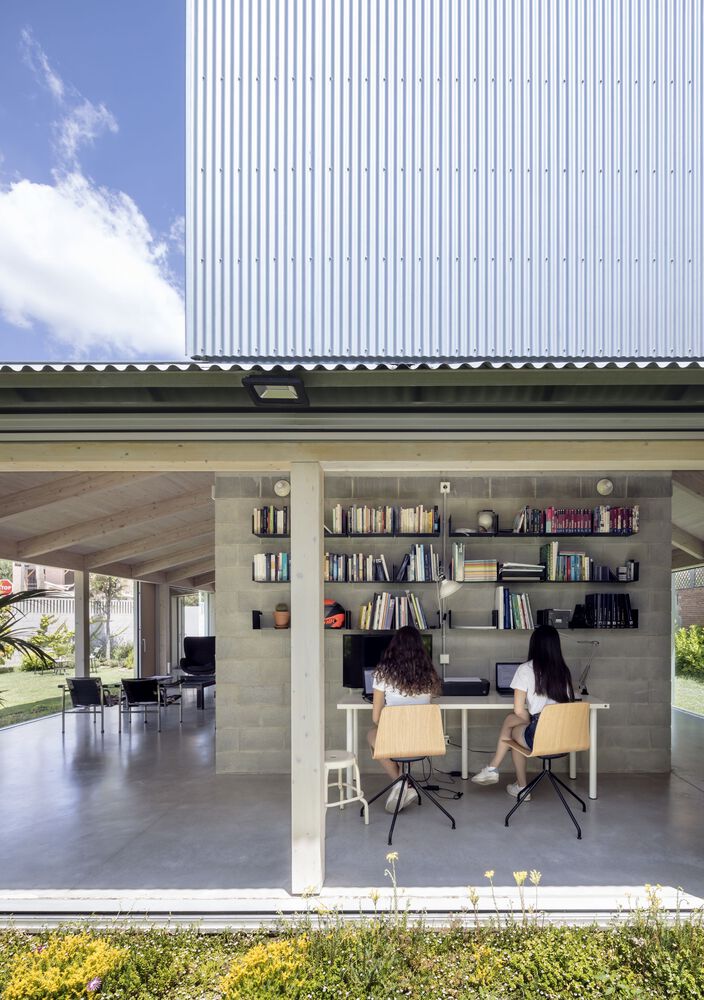
As in the chapel of Santa María dos Anjos by Lina Bo Bardi, the veranda, with its sloping roof, is built with light and dry systems: wooden structure (pillars, beams, and roof) and glass, aluminum, wood and corrugated galvanized sheet enclosures. In contrast to the lightness of the gallery, the central core is massive and compact, with more thermal inertia. The block walls and slabs are left visible in the gallery and painted white in the rooms.
就像Lina Bo Bardi的聖瑪麗亞大教堂安霍斯教堂一樣,帶有傾斜屋頂的陽台採用輕質乾燥系統建造:木結構(支柱,橫樑和屋頂)以及玻璃,鋁,木材和瓦楞鍍鋅板 外殼。 與畫廊的明亮度相反,中央核心是巨大而緊湊的,具有更大的熱慣性。 砌塊牆和樓板在畫廊中可見,在房間裡漆成白色。
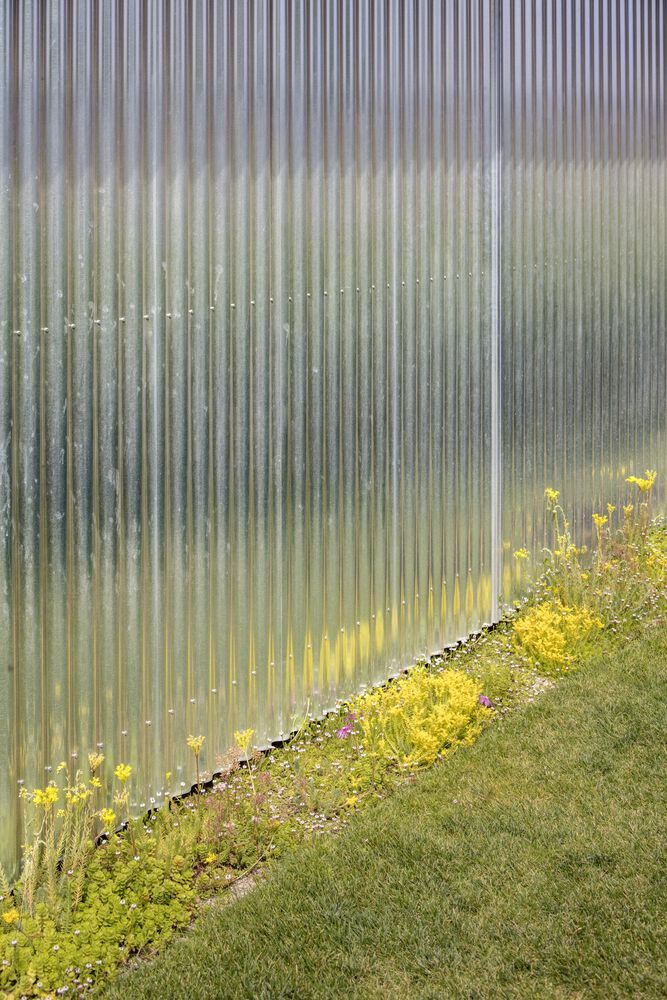
In winter, the veranda shelters and heats the entire central body (bathrooms and bedrooms), which does not have its own climate system (on the ground floor); the concrete floor, with a lot of inertia, apart from receiving direct solar radiation on time, is heated via underfloor heating, as are the rooms on the second floor; generation is by an aerothermal heat pump.
在冬天,陽台遮蔽並加熱了整個中央主體(浴室和臥室),而中央主體沒有自己的氣候系統(位於底樓)。 水泥地板除了具有慣性外,還具有很強的慣性,除了能及時接收直接的太陽輻射外,還通過地板采暖來加熱,就像第二層的房間一樣。 產生是通過空氣熱泵。
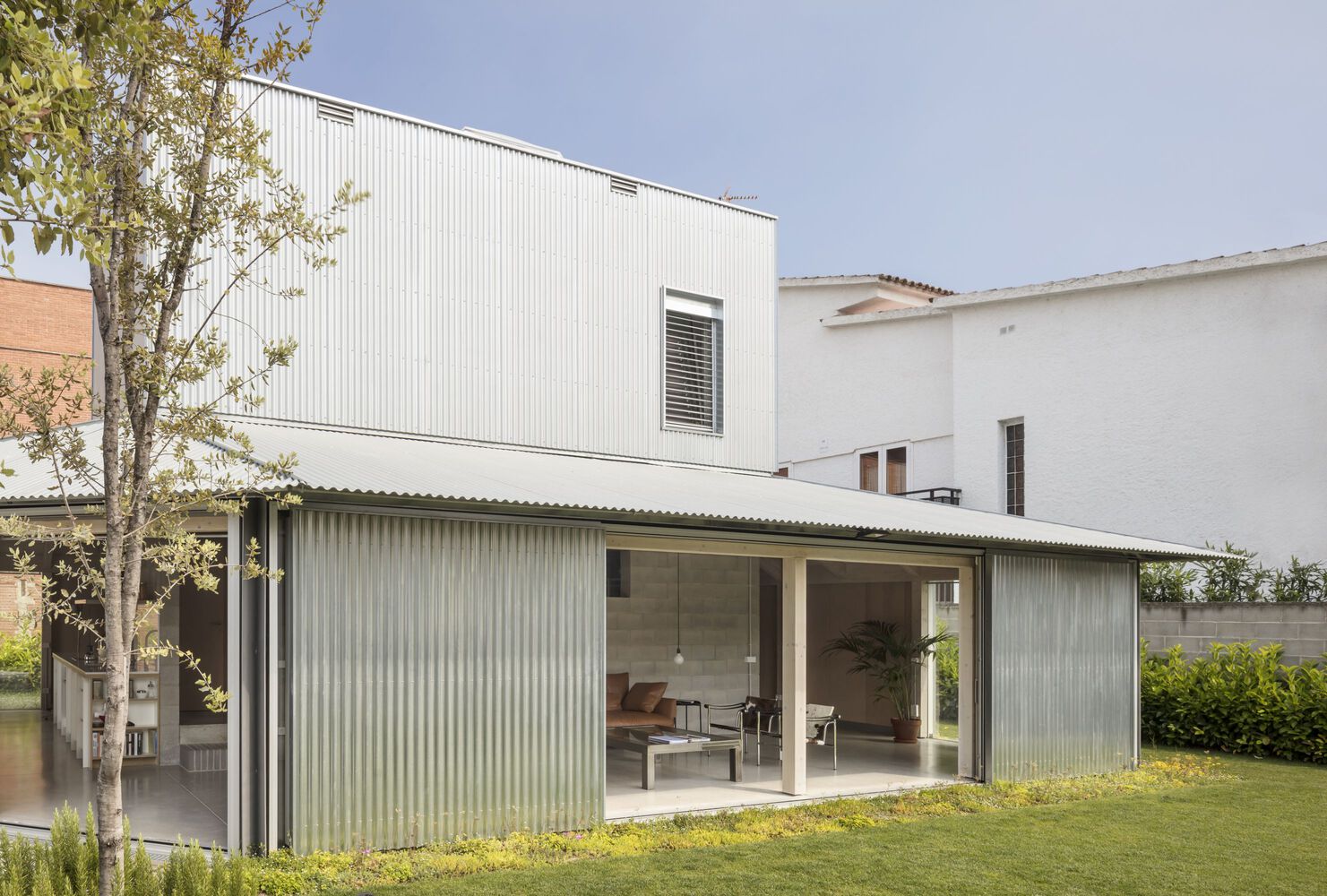
In summer, when the sliding doors are closed, the windows are protected from the sun by the overhang of the roof and by reflective exterior curtains. At the same time, the inclination of the roof favors, by stratification, a passive ventilation system that evacuates the hot air through four ducts hidden in the facades that work as small solar chimneys, favoring the natural renovation and facilitating the cooling of the veranda.
在夏季,當推拉門關閉時,車頂的懸垂部分和反射性外部窗簾可保護窗戶免受陽光照射。 同時,屋頂的傾斜度通過分層有利於被動通風系統,該系統通過隱藏在立面中的四個管道將熱空氣排空,這些管道充當小小的太陽能煙囪,有利於自然翻新並促進涼廊的冷卻。
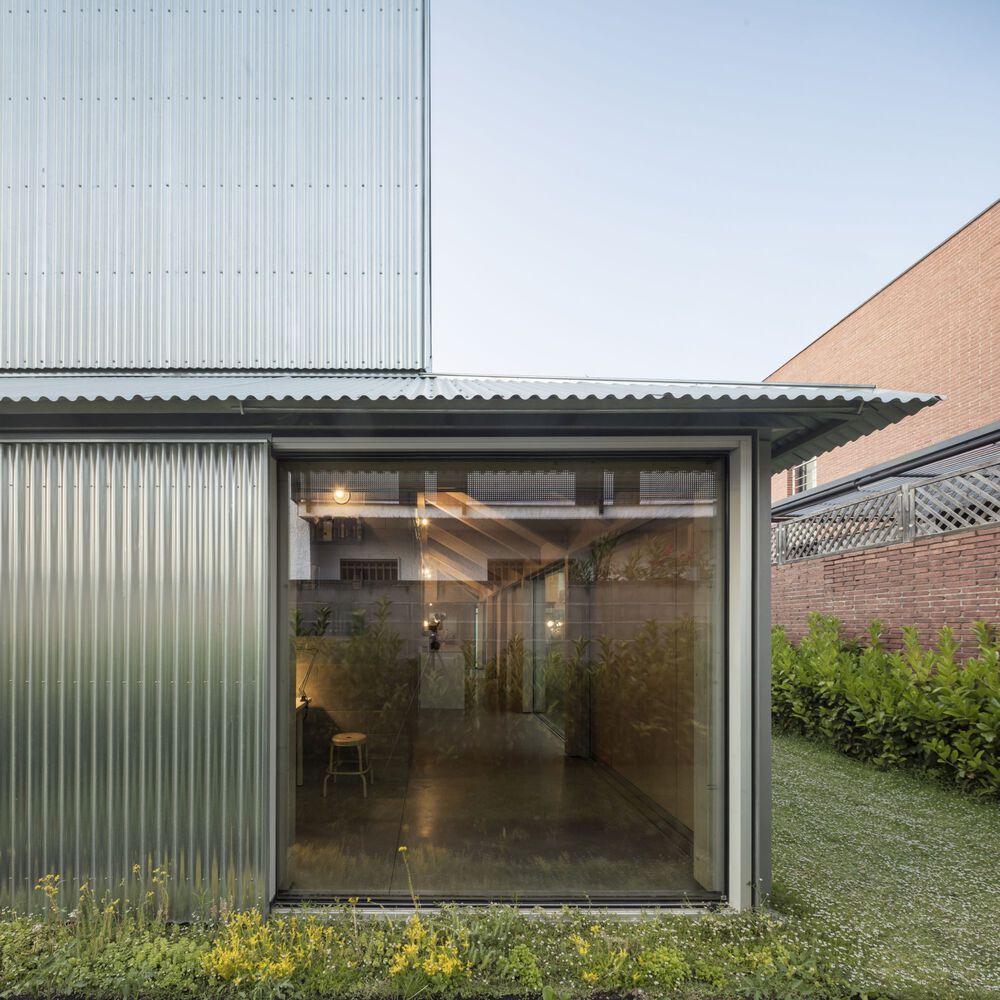
Ten years after the first meeting with the clients, and with a long and intense history in between, house 905 was completed. The long time was another determining tool in the process of the project.
Architecture sometimes takes advantage of (its) slowness.
第一次與客戶會面十年後,並且之間有著悠久而又深厚的歷史,905號房屋竣工了。 長時間是項目過程中的另一個決定性工具。
架構有時會利用(慢)慢。
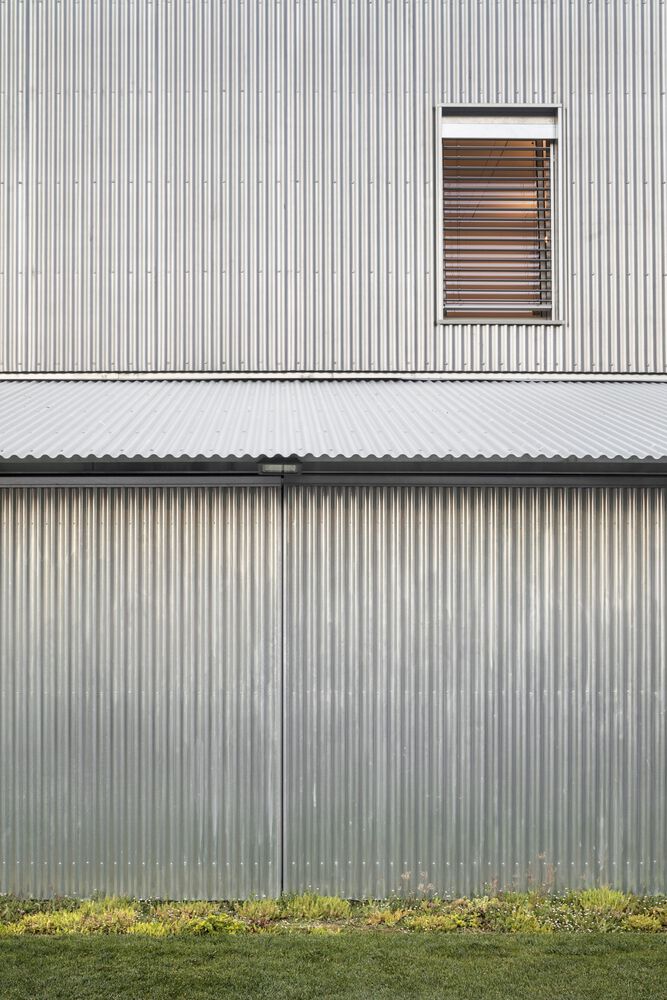
Don’t you think it’s addictive?
Want to know more about the beauty of architecture?
Come and join our members to explore the beauty of architectural design.
覺得看得不過癮嗎?
想要知道更多建築之美嗎?
快來加入我們的會員,一同探索建築設計之美。
The above article is purely for appreciation and sharing purposes, as well as the construction of new technology and the public can be in-depth understanding of the information at the same time there are sources, will be able to query, no use of the document as a commercial transaction, if illegal, please inform the We will immediately remove the site, thank you for cooperation.
以上文章純粹作為欣賞及分享用途,以及將建築新型技術傳遞給與大眾能夠深入了解,同時資料還有來源,將可查詢,絕無使用該文件資料作為商業交易行為,如有違法請務必告知該網站我們將立即處理撤除,謝謝合作。

